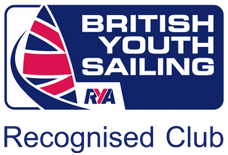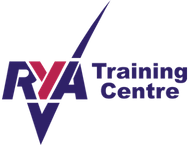How do we race at Llandegfedd?
Rudyard Kipling had a useful saying as part of a poem;
I keep six honest serving-men (They taught me all I knew); Their names are What and Why and When And How and Where and Who. I send them over land and sea, I send them east and west;
This page is intended to introduce the Llandegfedd Sailing Club's racing process to those who understand dinghy racing. We follow the standard International Racing Rules of Sailing, with some small variations, for a summary of the main rules see here. However you still need to know what is going on, where etc. (You might also find that little rhyme useful in other situations when you have to find out information)
The main menu links above provide most of the details that experienced sailors would expect to find about our racing. This includes the racing programme, (WHEN), Sailing Instructions (HOW) and a map of the buoys (WHERE). You can also find the results if you have not jumped directly there from the front page (WHAT?). The OD register of duties is also on a page, (WHO).
A very brief summary;
- Who can race? Any club member who can sail safely around other boats
- When do we race? See "Programme Llandegfedd" menu link on the left. This has a list of all of our races. There is a key at the foot of the page
- How do I join in? You are meant to sign on to a race through this Member's area to show which races and what your boat is. This helps the Race Officer control the race, and provides the Watersports Team with information to support their safety patrols when we are on the water. Also, talk to the Race Officer in the OD hut on the point, or on the committee boat. They will then watch out for you and make sure your name, boat number etc are recorded in the race.
- Where is the Race Course? The first race on Sundays, and the races on Wednesday evenings are nearly always from the OD hut. The list of buoys we sail around is displayed at the foot of the mast. Subsequent races on Sunday are often from the Committee Boat Penelope towards the top end of the reservoir after lunch.
- What do the numbers and letters mean? See the Buoys page, where there is a map showing roughly where they all are.
- What is the start sequence? How do I know where and when to go? Pursuit races you will need to know the offset time where you start - see "Handicaps" Menu. Also have a look at Race Format, which gives a set of explanations on how the start sequence runs. The governing Sailing Instructions are on the left, under "Instructions"
- What else do I need to know? If this is all a bit daunting, why not join in the Adult Training sessions run on some Saturdays. Contact the training team, or possibly “Meet a Mentor” will give you a little personal coaching.
What and Where is the race?
We run races in two different ways.
- Handicap Races. Most people notice that most of our boats are different from each other. How can we race when going all different speeds? Luckily there is a UK national standard way of defining how fast a class of boat is. (Example, a Laser is faster than a Topper). In Handicap races, all boats start together, and the times are taken when the boat finishes the course. A simple division of time by handicap will enable the boats to be ranked in order of how well they have performed. This is done after sailing. Your boat will be allocated a Handicap
- Pursuit Races. You might remember as a child (or as a parent with your own children) having little races with small and medium sized children. “Race you to the second lamp post, Maximus starts 10 seconds after Minimus” We call these Pursuit Races, where the slowest boats start first and the fastest ones are last. They theoretically end up at the same place after a set time. See the handicap and Pursuit Offset page
Have a look at the “Race Format” page to see the starting sequences explained. We use lights more often than the flags. Whilst this is a bit non-standard, it is easier for a race officer to just flick a switch!
Where are we racing?
The first thing to find out is whether the race is started from the OD hut or from Penelope - our race boat could be anywhere on the reservoir! Typically, the first Sunday race and the Wednesday races are mostly run from the hut.
- OD hut starts. If you have time, you can go over to the hut and have a word with the Race Officer and his team. Otherwise, when on the water, look at the hut and you should see some large numbers placed in the frame on the railings. This will be a sequence like A, 4, 8. (and coloured Green or Red) This will indicate the course is to go around buoys A, then 4, then 8. If Green (this case should be) you leave them to Starboard (right) and turn clockwise. If Red, then leave them to Port, (left) and turn anticlockwise. The start is taken across the two masts on the OD hut. The front one moves, so can be swung to lie across the wind, so you need to check that.
- If the race is to be run from Penelope, the numbers are a bit smaller, and hung on the handles on the stern quarter of the boat. The start/finish line is from the mast at the back of the boat to a “pin buoy” a couple of hundred meters away, at right angles to the wind. Ask the Race team if it is not obvious.
And where are these buoys that you have to find? Here is the map showing them.
The rational is that numbers are clockwise around the reservoir, and letters run down the middle. There may be one or two missing from time to time - but they are all identified with large numbers or letters.
When and Who
When do we race? Well, whenever the reservoir is open for activity we will sail on Sunday afternoons. Most of the time we have three races, until the days are so short that we can only fit in two. When the sun is around enough we also sail on Wednesday evenings. Typically this will be April until August for the main series, and then a moveable start time takes us through into October.
Check the Racing Programme page. There are notes at the foot of the page explaining what is going on.
Who supports and runs the racing?
Well, we all do. There is a roster with experienced racers who will act as Race officer, and a mix of people who will assist. Assistants do not have to have any particular expertise, and it is a good way of learning what happens.
Those with the RYA Powerboat 2 certificate can drive the safety boats, again, this is shared between everyone who able to do this. Assistants are needed, again, with no need for skills, but to help place flags on buoys, move the pin buoy, and most importantly, help spot capsizes and assist sailors if they are in the water and struggling.
The full OD Roster is now in the Members' side of the website to reduce clutter. However, the next few weeks teams are visible on the News page.
Why and How do we enter races?
At most Sailing Clubs there is a sign-on sheet to show who intends to race. For more formal events, there are things like entry forms and payments to let you race. We have now a web based system that is designed to support the Race Officer as well as give safety information on who is on the water.
Please, Sign on by logging in to the Member's part of the web site, and selecting which races you are joining. You will be able to identify your boat, by type (Enterprise) and number (12345), and your crew if you have one. This will be stored to make it easier next time.
Why do we have to do this?
There are limits to how many boats and people we may have on the water at one time. Mostly this is a large number that we don't get near. (50) However, it is a way we all use to share the water between different users, such as Kayaks, Windsurfers, Paddleboards, free swimmers, Watersports trainees and so on.
If there is an incident on the reservoir, we have to allow Welsh Water access to part of the race entry system. This is limited to boats, names but not contact details which are protected within the Sailing Club systems.




